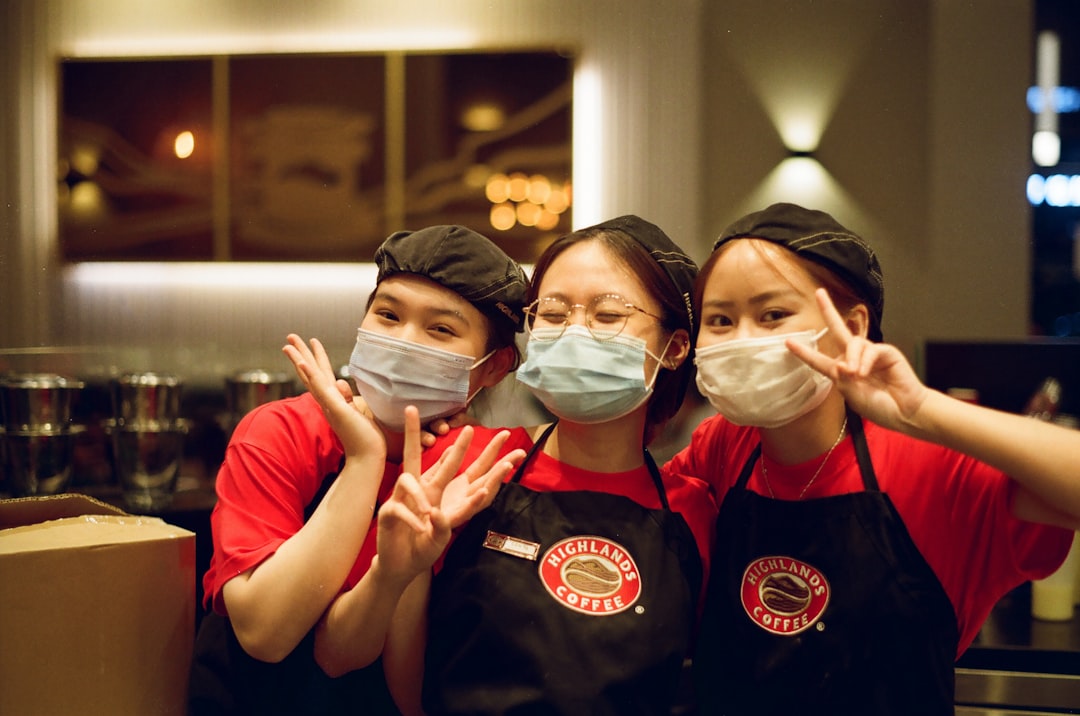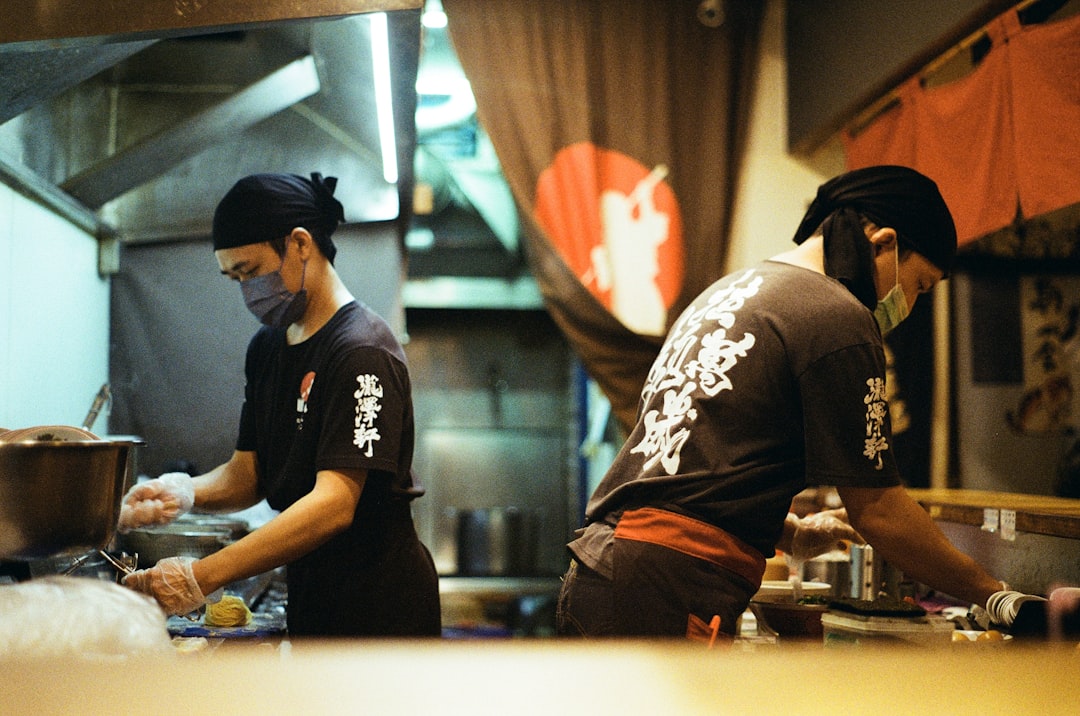The restaurant industry scores a staggering 98 out of 100 on burnout scales—higher than virtually any other sector. This isn't just an employee problem; it's a business crisis that directly impacts your bottom line.
Restaurant workers are quitting at unprecedented rates. The industry faces a 75% average turnover rate in 2023, with fast-food establishments seeing turnover as high as 150%. Even more telling, 52% of foodservice workers report leaving their jobs specifically due to burnout.
These aren't just statistics. They represent real operational challenges that affect your restaurant's stability, customer experience, and contribute to your restaurant losing money in ways you might not immediately recognize. Every time a trained employee walks out the door, they take their knowledge, relationships with regular customers, and operational efficiency with them.
Before you can address burnout, you need to identify it. Watch for these common warning signs:
A server who once handled the Saturday rush with a smile but now dreads coming to work isn't just having a bad day—they're showing classic burnout symptoms that require intervention. Similarly, a chef who previously took pride in presentation but now cuts corners is likely experiencing burnout rather than simply becoming lazy.

The restaurant environment creates a perfect storm for burnout:
Post-pandemic staffing shortages have left existing employees covering multiple roles. When one person is doing the work of two, burnout isn't just likely—it's inevitable. Your hostess shouldn't also be running food, bussing tables, and handling to-go orders—but in many restaurants, that's become the norm.
Few workplaces match the intensity of a restaurant during peak hours. The constant demand for speed, accuracy, and customer service creates sustained stress that compounds over time. Picture your line cook handling 30 tickets at once while the expeditor calls for more immediate orders—that level of pressure isn't sustainable long-term.
Many restaurant workers see limited career advancement opportunities, creating a sense of being trapped in high-stress positions with no relief in sight. Without clear paths to management or specialized roles, even passionate hospitality workers can lose motivation.
The disconnect between compensation and workload creates resentment, especially when workers see their labor generating significant revenue for the business. When your server handles $2,000 in sales during a shift but takes home less than $100, the equation feels fundamentally unbalanced.
As food service analyst Charlebois notes: "The impacts of the pandemic have resulted in a larger mental health issue... [Burnout] couldn't be happening at a worse time." Many restaurant workers endured hostile customers, health risks, and financial instability during the pandemic—experiences that continue to affect their mental wellbeing.
Train managers to recognize early warning signs before they become full-blown burnout. Regular check-ins with staff should focus not just on performance but on wellbeing. Create a simple assessment tool that helps identify when an employee might be reaching their breaking point.
Restaurant-specific mental health resources exist. Consider partnering with industry organizations that offer support programs tailored to food service workers. The Restaurant Workers' Community Foundation provides mental health resources specifically designed for the unique challenges of restaurant work.
Create a system where staff can signal when they're overwhelmed without shame. This could be as simple as a code word that indicates they need immediate support from colleagues. Many successful restaurants use physical markers—like a green, yellow, or red card system—that staff can display at their station to signal their stress level.
Provide training on practical stress reduction techniques that can be used during shifts. Even five-minute mindfulness practices can make a significant difference. One popular technique is the "box breathing" method—inhale for four counts, hold for four, exhale for four, hold for four—which can be done while walking to the kitchen or between tables.
Don't leave breaks to chance. Schedule them as non-negotiable parts of each shift, and ensure managers model taking breaks themselves. One effective approach: stagger 10-minute breaks that appear on the schedule just like any other work assignment, making them harder to skip.
Track who's handling which tasks and how long they're working. Use scheduling software to ensure no employee consistently bears an unfair burden. Pay attention to who repeatedly closes late or handles the most difficult sections, and rotate these responsibilities equitably.
Look for opportunities to streamline operations. Could your ordering system be simplified? Could prep work be reorganized to reduce stress during peak times? Something as simple as relocating frequently used ingredients to more accessible areas can significantly reduce the physical and mental load on your kitchen staff.
Develop clear career progression opportunities. When staff see a future beyond their current position, they're more likely to weather temporary stress. Create detailed progression maps that show exactly what skills and milestones are needed to move from server to shift lead to assistant manager, complete with corresponding pay increases.
Review your compensation structure regularly. Fair pay doesn't just reduce turnover—it communicates that you value your team's contributions and well-being. Consider implementing profit-sharing programs that directly connect restaurant success to employee compensation, creating a sense of ownership and partnership.
Create anonymous channels for staff to share concerns. More importantly, act on that feedback visibly so employees know their input matters. When a line cook suggests a more efficient kitchen layout and you implement it, publicly credit them for the improvement—this reinforces that their expertise is valued.
Beyond the human impact, burnout directly affects your restaurant's profitability:
While technology can't solve all burnout issues, the right systems can significantly reduce stress:
Restaurants using integrated management platforms report not just operational improvements but also reduced staff stress levels as systems eliminate common friction points. For instance, when servers no longer need to run between multiple tablets for different delivery services, they can dedicate more attention to in-house diners.

The most effective anti-burnout strategy is building a culture that prioritizes wellbeing alongside performance:
Start by conducting an anonymous burnout assessment with your team. Ask direct questions about stress levels, workload, and what changes would most improve their wellbeing.
Use these insights to implement one or two high-impact changes immediately, then develop a longer-term plan to address systemic issues.
Remember that addressing burnout isn't just about keeping your current staff—it's about creating a workplace that attracts and retains talent in an increasingly competitive industry.
Your restaurant's success depends not just on the food you serve, but on the people who serve it. By prioritizing their wellbeing, you're making a strategic investment in your business's future. In the end, restaurants that care for their people outperform those that don't—in revenue, reputation, and resilience.
